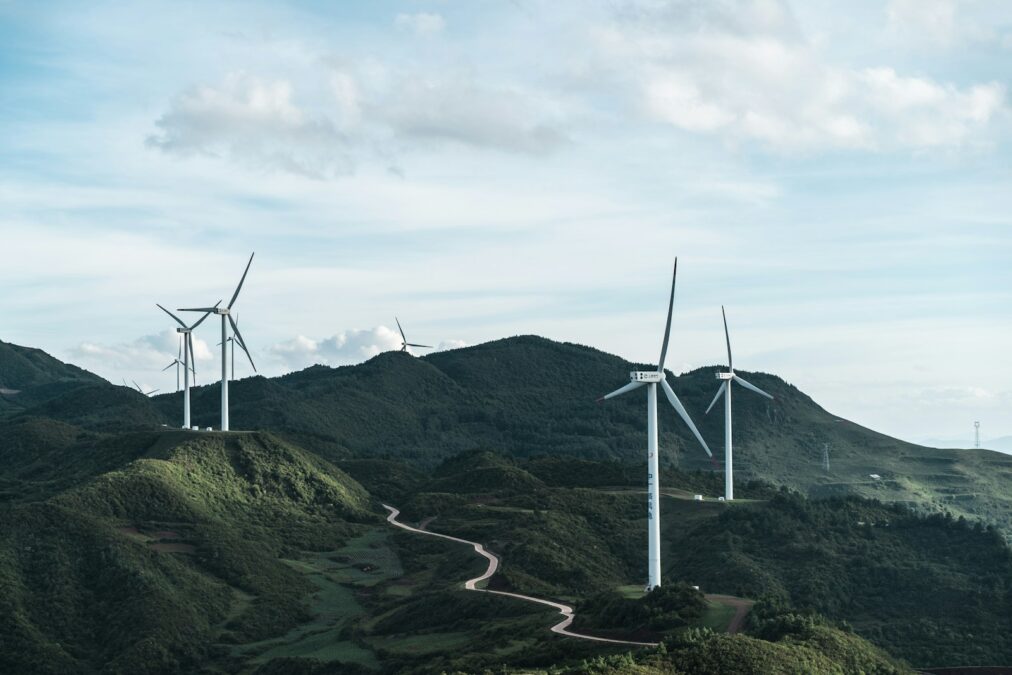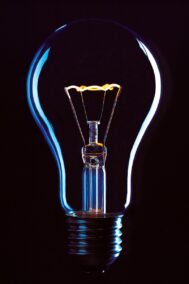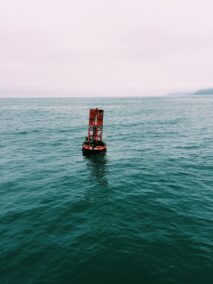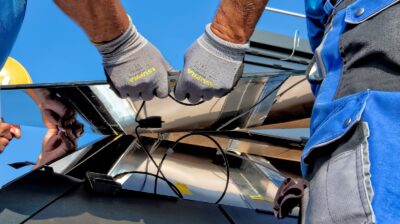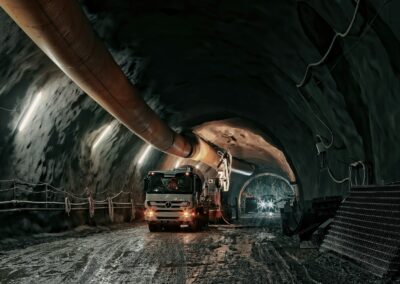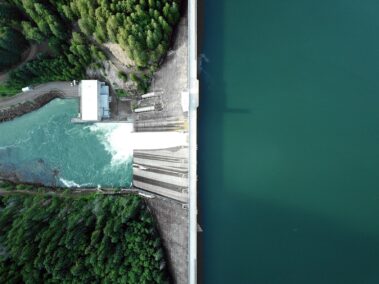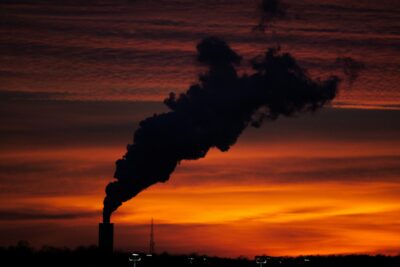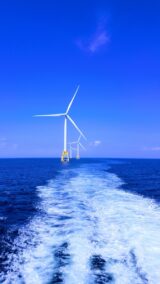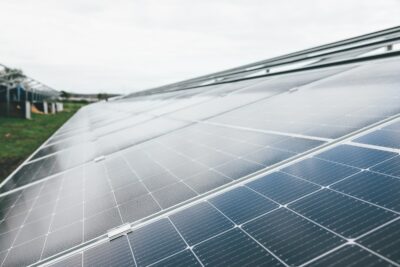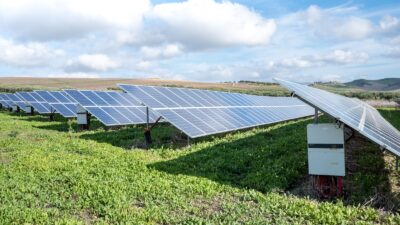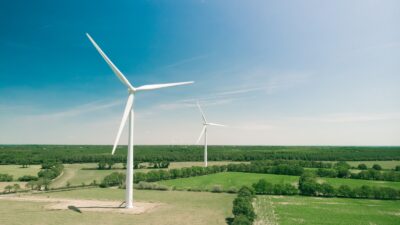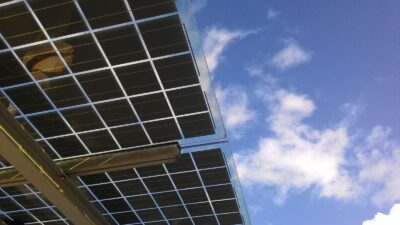Advancements in Wind Energy Technology for Cost Reduction
The Impact of Technological Innovations on Wind Energy
In recent years, technological innovations in wind energy have significantly reduced the costs associated with producing wind energy. This progress is particularly relevant for regions like Saudi Arabia and the UAE, where the emphasis on renewable energy is intensifying. These advancements are not only making wind energy more affordable but also more efficient, positioning it as a key component of sustainable energy strategies.
Saudi Arabia’s Vision 2030 and the UAE’s Energy Strategy 2050 are driving forces behind the adoption of advanced wind energy technologies. These initiatives aim to diversify energy sources, reduce reliance on fossil fuels, and promote environmental sustainability. The incorporation of state-of-the-art technologies in wind energy production aligns perfectly with these national goals, ensuring a reliable and cost-effective energy supply.
The integration of advanced materials, improved turbine designs, and sophisticated control systems are some of the major technological innovations in wind energy that have contributed to cost reductions. High-efficiency turbine blades made from lightweight composite materials, for instance, enhance the overall performance of wind turbines. Additionally, advancements in aerodynamics and blade design have led to increased energy capture, making wind energy production more efficient and economical.
Case Studies: Saudi Arabia and UAE’s Wind Energy Projects
Saudi Arabia and the UAE are at the forefront of implementing technological innovations in wind energy, with several high-profile projects showcasing the potential of these advancements. These countries are leveraging cutting-edge technology to enhance their renewable energy portfolios, demonstrating a commitment to sustainable development and environmental stewardship.
In Saudi Arabia, the Dumat Al Jandal wind farm, the kingdom’s first utility-scale wind project, serves as a prime example of how technological innovations in wind energy can drive cost reductions and efficiency improvements. The project utilizes advanced turbine technology to maximize energy output while minimizing costs. This initiative aligns with the country’s Vision 2030 goals by contributing to a more diversified and sustainable energy mix.
The UAE, particularly in Dubai and Abu Dhabi, has also made significant strides in adopting wind energy technologies. The Emirates’ renewable energy strategy includes the integration of advanced wind turbines and smart grid technologies to enhance energy distribution and storage. Projects like the Sir Bani Yas wind farm illustrate the UAE’s commitment to harnessing wind energy through innovative technologies. These efforts not only reduce the costs of wind energy production but also support the nation’s broader sustainability objectives.
Executive Coaching and Change Management in Renewable Energy Adoption
For business executives and mid-level managers in the energy sector, understanding and implementing technological innovations in wind energy require strong leadership and effective change management skills. Executive coaching services are invaluable in this context, equipping leaders with the knowledge and strategies needed to successfully navigate the transition to advanced renewable energy solutions.
In the Middle East, where large-scale wind energy projects are being deployed, executive coaching can facilitate the adoption of technological innovations in wind energy. This involves fostering a culture of innovation, encouraging collaboration across teams, and developing strategic thinking. Effective communication is essential, as leaders must convey the benefits of wind energy projects to stakeholders, including government officials, investors, and the public.
Change management is a critical aspect of integrating technological innovations in wind energy. Managing the human side of this transition ensures that employees are engaged and motivated, ultimately contributing to the success of renewable energy initiatives. By leveraging executive coaching services, organizations can develop the leadership skills necessary to drive continuous improvement and achieve long-term business success in the renewable energy sector.
The Role of Artificial Intelligence and Blockchain in Wind Energy
Artificial Intelligence (AI) and blockchain technology are playing transformative roles in enhancing technological innovations in wind energy. These technologies provide innovative solutions for optimizing wind energy production, reducing costs, and improving operational efficiency, making them essential components of modern wind energy systems.
AI algorithms can analyze vast amounts of data to predict wind patterns, optimize turbine performance, and enhance maintenance schedules. In Saudi Arabia and the UAE, AI-driven wind energy management systems are being implemented to ensure that wind farms operate at peak efficiency. This capability is crucial for maximizing energy output and minimizing operational costs, contributing to the overall affordability of wind energy.
Blockchain technology, with its decentralized and secure nature, is revolutionizing energy transactions and grid management. Blockchain can facilitate peer-to-peer energy trading, allowing for transparent and efficient energy exchanges. This technology is particularly beneficial for integrating distributed wind energy resources into the grid. In cities like Riyadh and Dubai, blockchain-enabled platforms are being explored to create efficient and transparent energy markets, supporting the adoption of technological innovations in wind energy.
Generative Artificial Intelligence and the Metaverse in Energy Sector Innovation
The emergence of Generative Artificial Intelligence (GAI) and the Metaverse is unlocking new opportunities for innovation in technological innovations in wind energy. GAI, with its ability to generate new data and simulate complex scenarios, is being used to optimize wind energy systems and develop more efficient technologies. The Metaverse, a virtual environment, offers a platform for collaborative innovation and training in the energy sector.
GAI can simulate various wind energy configurations and predict their performance under different conditions. This capability is invaluable for designing wind energy systems that maximize efficiency and reliability. In the Middle East, where large-scale wind energy projects are underway, GAI is being utilized to enhance the design and operation of wind energy systems, ensuring they meet the region’s unique environmental and energy needs.
The Metaverse provides a virtual space for energy professionals to collaborate, experiment, and train. By simulating real-world scenarios, the Metaverse allows for the testing of new technologies and strategies in a risk-free environment. This is particularly useful for training leaders and managers in the energy sector, helping them develop the skills needed to drive innovation and manage complex projects. As technological innovations in wind energy become more sophisticated, the Metaverse will play an increasingly important role in fostering the next generation of energy leaders.
Conclusion: Embracing Technological Innovations in Wind Energy
In conclusion, the advancements in technological innovations in wind energy are pivotal for reducing costs and enhancing efficiency in renewable energy production. The Middle East, with its ambitious renewable energy goals and innovative projects, is leading the way in adopting these technologies. By leveraging AI, blockchain, GAI, and the Metaverse, Saudi Arabia and the UAE are setting new benchmarks for wind energy development.
The successful integration of these technologies requires strong leadership, effective change management, and a commitment to continuous improvement. Executive coaching services play a crucial role in equipping leaders with the skills needed to navigate the complexities of the energy transition, ensuring the successful implementation of technological innovations in wind energy.
Moving forward, it is essential to continue investing in research and development, fostering collaboration between the public and private sectors, and promoting a culture of innovation. By embracing these principles, we can create a sustainable energy future that benefits both the environment and the economy, paving the way for a cleaner, more resilient world.
#TechnologicalInnovations #WindEnergy #RenewableEnergy #SaudiArabia #UAE #Riyadh #Dubai #ArtificialIntelligence #Blockchain #GenerativeAI #Metaverse #Leadership #ChangeManagement #ExecutiveCoaching #BusinessSuccess #EnergyInnovation

